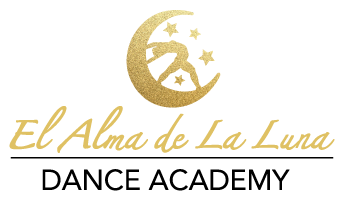México:
There is another profound Mexico, which is not the ancient Mexico of the highlands and corn, nor the harsh and violent Mexico of more recent times. It is that of the Caribbean coast, of sugarcane fields and coffee, oil and danzón, and has its epicenter in Veracruz, a city whose name alone evokes a sea of stories. A crossroads of world trade in colonial times, it was the point of entry for Spanish conquistadors and the port of arrival for thousands of slaves stolen from Africa. They arrived in chains in the holds of slave ships to work in sugar mills, farms and mines. Due to their status as captives, they occupied a lower social position than the indigenous people and became the invisible ancestors of the Mexican nation.
Founded in 1608 by a group of runaway slaves, San Francisco Mata Clara was “the first free town in America” led by the legendary Nyanga who, after several years of fighting for freedom, succeeded in getting the viceroy, the Marquis of Cerralvo, to legitimize the settlement. Beginning in the last decades of the 16th century, the Maroons became a threat to the traffic of goods between Veracruz and central Mexico, and several punitive expeditions were launched against them. Nyanga and his followers entered a sparsely populated territory, and after years of skirmishes, negotiation came. Thus was born the first town of free blacks in America with the commitment to hand over to the authorities the runaway slaves who sought protection among them, something they never fulfilled.
By the mid-17th century, most blacks and mulattos would be free and, a century later, when slavery collapsed as it was no longer profitable, the most common denominations were pardo -descendant of Indian and black- and moreno to refer to any mixture between Spanish and black.
Other migrations of Africans, but especially of African descent, took place in the 19th century. Some came to Mexico from the United States, fleeing slavery, and others from Central America, in search of better living conditions. For example, in addition to the Africans who arrived in Veracruz throughout the colonial period, Africans arrived in the port in the 19th century.
workers of African descent brought in by English and French construction companies and, in the 20th century, workers of African descent for U.S. oil companies. This, among other things, explains why this region still maintains, even today, traits of African heritage in various cultural expressions such as festivals, music, dances and food (preparation of stews with plantains, cassava, rice or fish), in addition to the nicknames of several villages such as Mandinga, Matosa or Mozomboa.
Afro-Mexicans exist.
Distributed in scattered, small and isolated communities in various regions of the country, especially in the state of Veracruz and the Costa Chica of Guerrero, forgotten by official history, their mere presence today is a vindication of a cultural and social past that some anthropologists have called the third root, along with Spanish and Indian, of modern Mexico.
Africa is Mexico’s “third root”. This was recognized by the Mexican government in 1992 to commemorate the 500th anniversary of the encounter with Spain.



